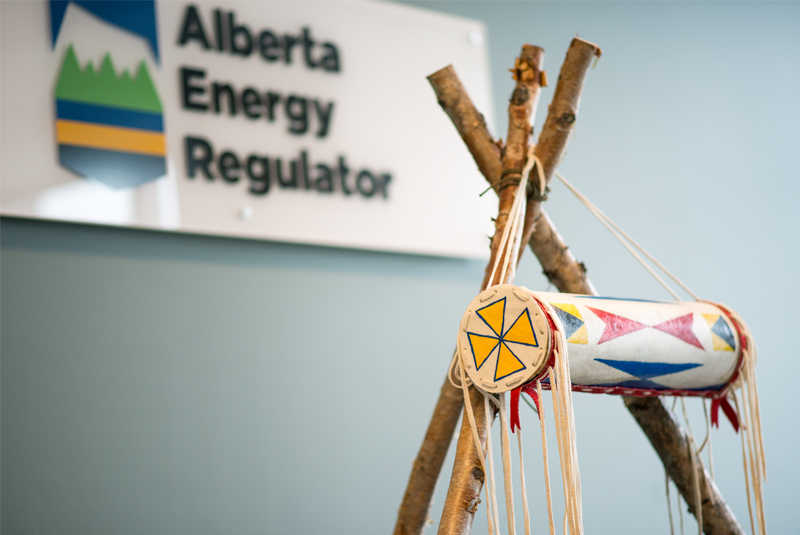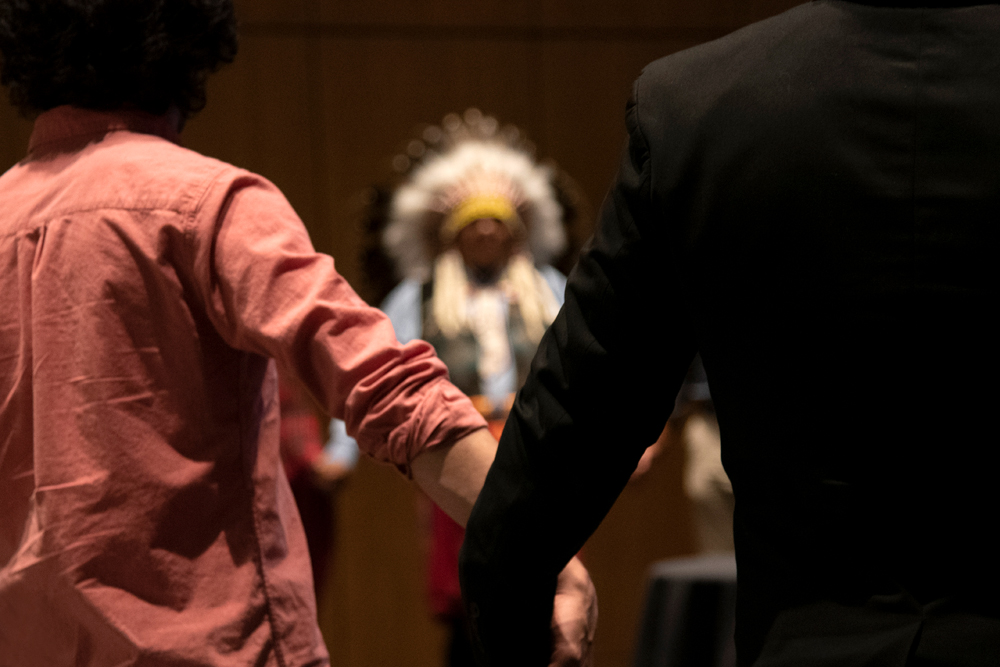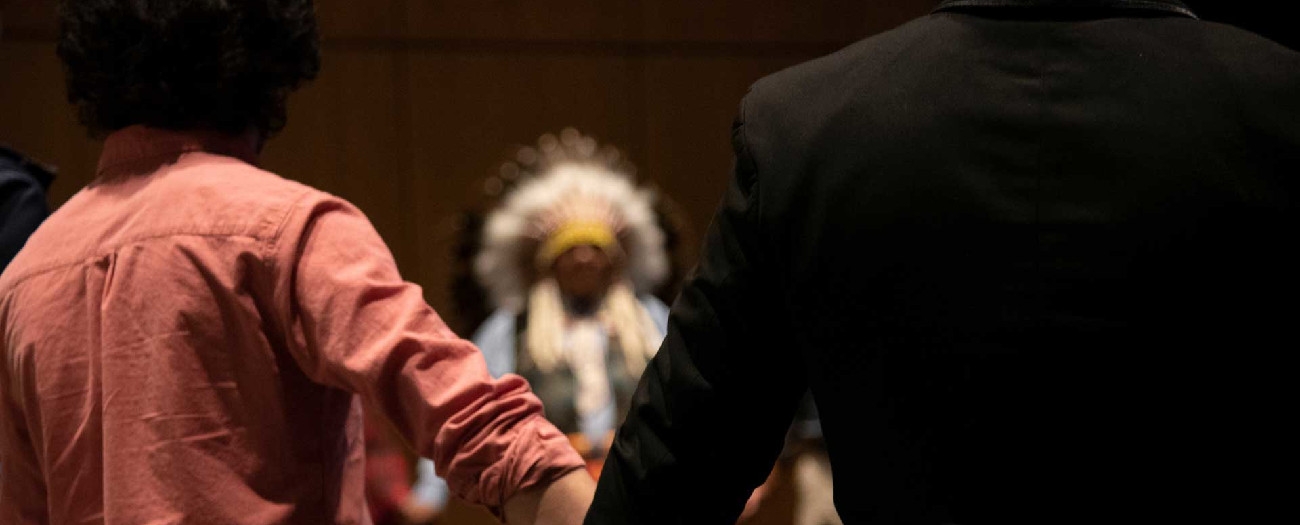AER book discusses parallels between western and indigenous decision-making models
Alberta - June 21, 2021We acknowledge that Alberta is the traditional and ancestral territory of many peoples, presently subject to Treaties 6, 7, and 8. Namely: the Blackfoot Confederacy – Kainai, Piikani, and Siksika – the Cree, Dene, Saulteaux, Nakota Sioux, Stoney Nakoda, and the Tsuu T’ina Nation and the Métis People of Alberta. This includes the Métis Settlements and the Six Regions of the Métis Nation of Alberta within the historical Northwest Metis Homeland. We acknowledge the many who have cared for these lands for generations. We make this acknowledgement as an act of reconciliation and gratitude.
As we celebrate Indigenous People’s Day, we also wish to acknowledge the tragedy of the discovery of the 215 children’s unmarked graves at the Kamloops Residential School earlier this month. The pain and suffering experienced by residential school survivors and their families is staggering to comprehend. This is our shared truth in Canada. At the AER, we are committed to finding ways to better reconcile with indigenous peoples. This includes taking a thoughtful, inclusive approach to all our interactions with indigenous peoples.
All of our voices matter.
We know indigenous peoples want their voices reflected in our decisions. However, many of our processes fail to link western and indigenous worldviews, and we need to overcome this to work together and find solutions that are mindful of our cultural differences.
We made it our mission to build a new type of working relationship—one based on trust and mutual understanding—and challenged ourselves to look beyond what we know.
Blackfoot elders Dr. Reg Crow Shoe and Rose Crow Shoe were our guides on this journey. In 2017, they worked with AER employees to explore how indigenous processes and worldviews can complement our own. That knowledge is publicly available in Voices of Understanding: Looking Through The Window, a guide intended to help AER staff and indigenous communities draw parallels between western and indigenous decision-making.

It's About the Bundle
A bundle is a physical and symbolic representation of an idea or object with significance. Following the AER's sessions with the Crow Shoes, a bundle was created containing the knowledge and process behind Voices of Understanding. The keeper of this bundle has the right to carry out decisions made in circle processes.
In September of 2017, we presented the completed version Voices of Understanding to Dr. Crow Shoe. But this was simply the beginning of our journey and one piece in the foundation as we improve our working relationships with indigenous people.
In A Circle, All Voices Are Equal
Although sometimes the language used is different, some of the processes the Crow Shoes taught us about have parallels in our work already. Circle management processes are mirrored in hearings, alternative dispute resolution (ADR), and mediation processes we have in place today at the AER.
Circle decision-making begins with an opening statement from the ceremonialist, who brings together people from the involved parties. Before discussions begin, participants cleanse their minds, bodies, and spirits in a smudge ceremony. In the AER's business, this is not unlike how a meeting begins: with introductions to set the tone.

Next, each circle participant discusses the issues at hand. A second round of discussions seeks solutions. Understanding is built as participants gather in a circle and take turns speaking, facilitating a safe environment for people to share their knowledge and experiences. Each voice is equal. The circle process doesn't end until a consensus or a decision is reached—not unlike the intent of our ADR or mediation processes.
Kate Bowering, Writer


